It’s Halloween season once again, with werewolves, vampires, and creatures from Western folklore at the forefront of this annual festival. But what about stories of the paranormal originating right in our backyard? TheHomeGround Asia speaks to local paranormal investigators to uncover local mythologies and old wives’ tales.
According to Radio DJ and Podcast Host of the Radio Paranormal Singapore podcast, Tim Oh, there are plenty of unknown creatures roaming our neck of the woods
“A majority of these are related to the Malay culture, because they have been around way longer than any other race here in Singapore,” he says.
How many of these local mythologies do you already know? Read on to find out.
Pontianak
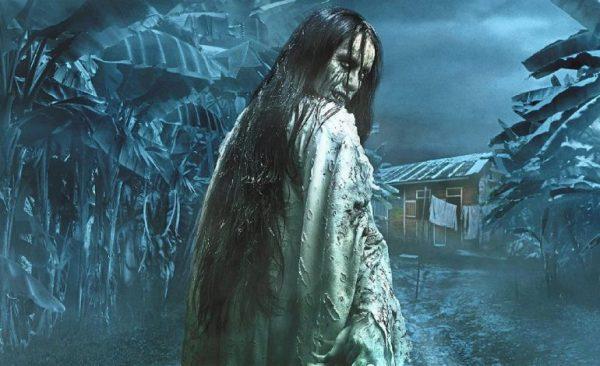
Probably the most well-known on the list, the Pontianak is the spirit of a woman who had tragically died during pregnancy or childbirth. The spirit is said to possess the ability to fly in the night, and lives in a banana tree in the day. Originating from Indonesia, Malaysia, and Singapore, it takes the form of a long-haired woman dressed in white, and often appears on desolate roads or highways. Encounters are often recounted by taxi drivers driving on a late night, passing by a beautiful woman in white on the side of the road waiting for a ride — but on closer look, she has sharp teeth and claws. The Pontianak’s main targets are pregnant women or men who are seduced by it, and it rips its victims’ abdominals to either cause women miscarriages or drain men of their blood.
“It is said that when a Pontianak is around, you’d be able to smell the sickly sweet scent of the frangipani flower, but shortly after, the stench of a decaying corpse,” says Eugene Toh, better known as E.T and the other half of the host duo of Radio Paranormal Singapore.
The 1957 film, The Pontianak, was a Singaporean Malay horror film directed by Indian film director Balakrishna Rao. It was the first Malay film to be dubbed into Mandarin, and the success of the film spurred two subsequent sequels, pioneering the horror genre in Singapore’s local film industry.
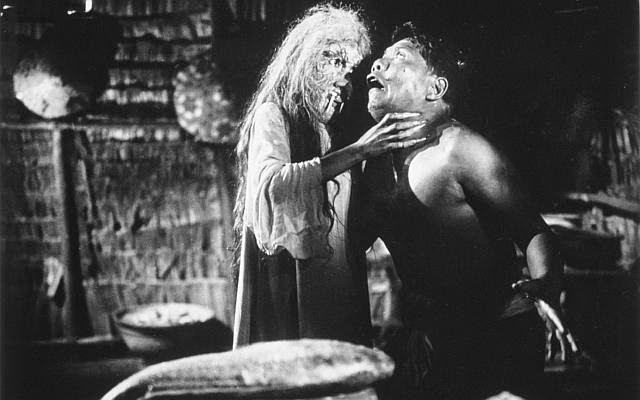
Toyol
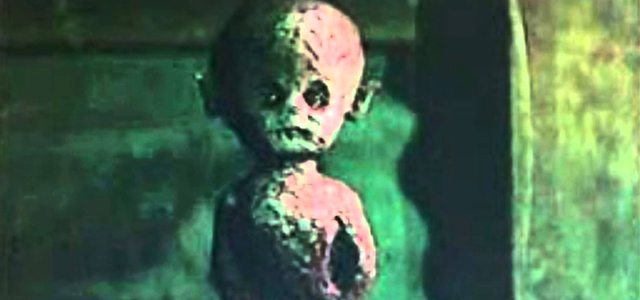
A Toyol is the spirit of an unborn fetus in Indonesian and Javanese folklore. The creature is invoked through black magic by Bomohs (Malay medicine men). “A majority of the time, Toyols are used for evil deeds. It could be to disrupt people’s lives, haunt someone, or steal money,” says E.T. If one’s valuable possessions constantly disappear without explanation from their house, that could be the work of a Toyol.
The Toyol is said to be conjured from the corpse of an aborted fetus through a special embalming process. Being the spirit of an undead child, the Toyol needs to be offered toys, sweets. “I have come across reports of people citing that their grandmothers store these fetuses in jars in their houses,” says E.T. “A female member of the household must also keep Toyols happy by letting them suckle on your big toe for blood, like a pacifier.”
Jiang Shi
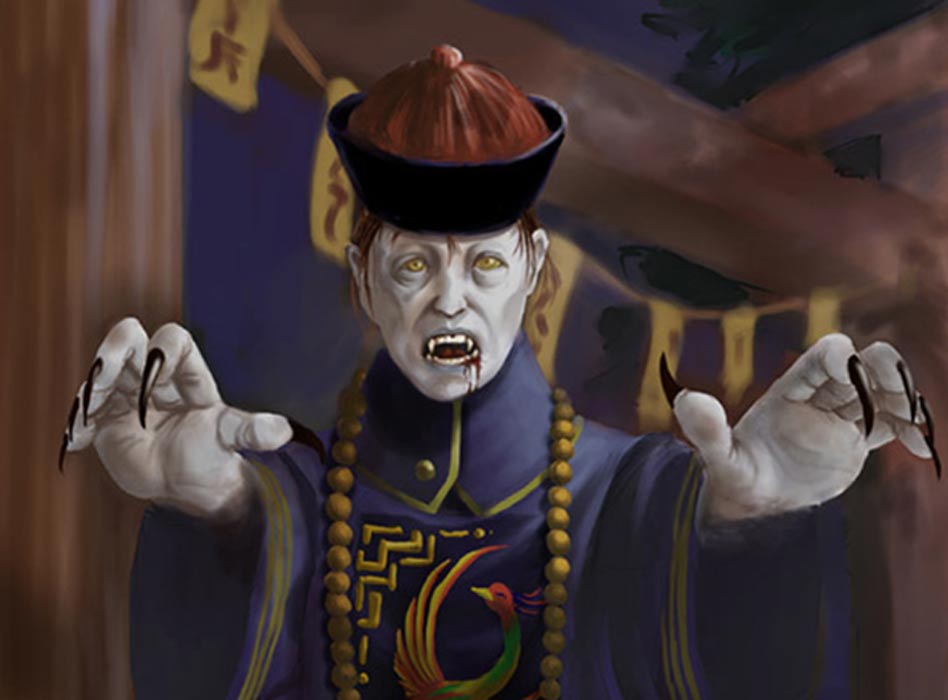
The Jiang Shi is also known as the Chinese hopping vampire. Literally translated from Mandarin as the “stiff creature”, the Jiang Shi is believed to have a body so rigid that it can’t bend its limbs at all, so it has to move around by hopping with its arms outstretched. It’s skin could have the quality of a rotting flesh, such as that of a decaying corpse, and it is said to feed on the qi (life force) of living humans to grow more powerful. To keep the Jiang Shi at bay, one can use an eight-sided mirror called the Ba-Qua to reflect light and scare the creature away.
“It’s like the Western version of the Zombie. It’s sort of comical, because it doesn’t run, it hops,” says E.T. One scientific explanation for the origin of this superstition is rigor mortis, otherwise known as postmortem rigidity, according to E.T. This stiffening of the joints occurs in the body as soon as four hours after death, causing the corpses’ limbs to be outstretched. “People get freaked out by that, but it’s a natural occurrence to the human body when a person passes on,” he adds.
Hantu Galah
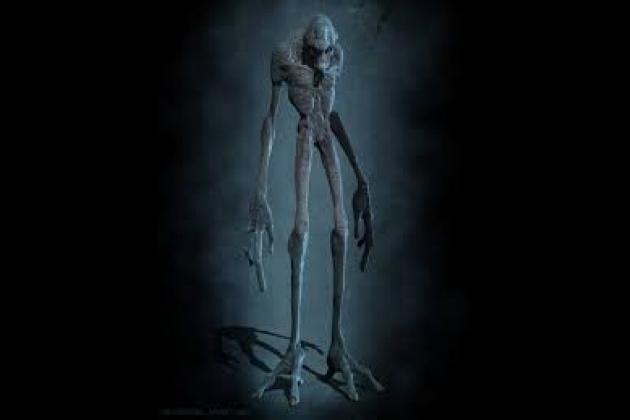
The Hantu Galah, or “the ghost of a pole” in Bahasa Melayu, is a spirit that appears to be human, but as one walks closer and closer to it, it becomes so tall its head is said to sweep the clouds.
“This spirit is witnessed by a number of fishermen. When they fish by the coast, they suddenly see this very long, tall creature at the shorelines,” says E.T. It’s legs can sometimes be mistaken for tree trunks, and walking between them unknowingly could be fatal.
If anyone dares to look up at the face of the Hantu Galah, their head will be forever stuck in that position. If one encounters the spirit, they are advised to lie down and hope to be missed by it. Some believe that you can only see it if you believe in its existence, and friends of the creature are said to be able to pluck the hair of his calves, which will be burned to call on him when they need his help.
Penanggalan

Unlike most entities from Malay folklore, the Penanggalan is not your typical undead being. Rather, it is a mortal woman who is able to detach her head and organs from her body through meditating during a ritual bath in vinegar.
The creature only takes this form at night, appearing as a floating disembodied woman’s head with its trailing organs and entrails. Before daylight, the head returns to the body (with ease, because its organs have been shrunk from the vinegar), and passes off as an ordinary woman. However, a clear telltale sign of a Penanggalan hiding in plain sight is the faint smell of vinegar about her.
Since the creature has a taste for the blood of pregnant women and young children, it was common practice to hang the thorny leaves of a local plant, mengkuang, around the house of a woman who has just given birth. The plant, and other sharp objects like scissors, are said to be the creature’s bane, as it fears having its organs injured by them.
Hungry Ghost vs Halloween
Halloween (or “All-Hallows-Eve”), is of Celtic origin. The Celts believed that during New Year’s Eve (31 Oct) the veil between the realms of the living and the dead became blurred, allowing the spirits to return to earth. The custom of dressing up as ghastly creatures is derived from the Celtic belief that doing so would fool the spirits roaming alongside us that we, too, are of the spirit world.
Though conceptually similar, The Hungry Ghost Festival is descended from the Taoist Zhong Yuan Festival, the Buddhist Ullabama festival, and folk beliefs. “The Chinese believe that when offerings are made to appease the spirits, there will be joy in the mortal realm and peace in the netherworld,” says E.T. “Due to the balance of Yin and Yang, it is believed that the fate of the netherworld is opened and all souls may roam the earth receiving these offerings and prayers.”
It seems the youth today are gravitating more towards the contemporary Western festival. To date, the American co-opt of All-Hallows-Eve has spread across the globe, and Singapore is no exception. In 2012 alone, there were over 19 major Halloween events around Singapore, the most iconic of which is probably Halloween Horror Nights (HHN), the annual scare festival hosted by Universal Studios Singapore (USS).
Ironically, Mr Oh believes that Singaporean youths are more involved in Halloween precisely because there is a certain amount of detachment surrounding the celebration.
“I think everyone gets in on the action because it’s not really close to home. Vampires and Frankenstein monsters are creatures of the West that don’t occur here in Singapore, so people can have fun with it without fear,” he says.
“In contrast, you won’t see people throwing parties during the Hungry Ghost Festival, because I think deep down, most of us are still relatively pantang (superstitious), for fear of something actually following us home,” he adds.
Though USS has, in recent years, attempted to add an Asian flavour to HNN, featuring Asian cryptids like the Hantu Galah, Mr Oh believes that the scare element barely compares.
“I feel like what really makes anything scary — whether it’s a story or monster, it’s always just how relatable it is to you. With modern technology and high production values, we can have amazing jumpscares [for Halloween], but nothing particularly terrifying that will haunt you for days to come.”
Decolonising our mythologies
Intersectional Environmental social media activist, Isaias Hernandez (better known as @queerbrownvegan), said during the Halloween of 2020, “For so long, various cultures have reported seeing demonic entities, cryptids, or spirits that have forever lived in their land. […] I think it’s important to note how many Western societies have disregarded or erased many [local] communities’ cultural experiences because of a lack of evidence.”
In curating authentic firsthand accounts of the paranormal for their podcast, Mr Oh says there is a similar difficulty that people here face of being ridiculed. “While Singaporeans will still talk about their supernatural encounters off the record, many worry that people are just going to think they’re crazy when they go public with their stories,” he says. “Nobody wants to share something personal about their lives just to be judged after that.”
Interestingly, Mr Oh says science and superstition are no longer two ends of a dichotomy. “I think we are reaching a very interesting time where scientists are beginning to accept the idea that certain people are able to see things that regular people can’t, because of their physiologies, so they’re not actually dispelling the possibility that there are other ‘life forms’ out there,” he says.
“Paranormal activity can sometimes even be traced or termed as residual energy in science, and there’s a little bit more acceptance of things that we cannot explain these days, as opposed to, ‘you’re just imagining things.”
This has encouraged people to come forward to legitimise their stories in recent years. “Though cultural trends are always changing, I think it’s always important to know our roots, and understand the actual meaning of our festivals and mythologies. They may not actually be as scary as we make them out to be, once we do so,” adds E.T.
To listen to more spine-chilling stories, tune in to Radio Paranomal Singapore’s podcast here.
Join the conversations on TheHomeGround Asia’s Facebook and Instagram, and get the latest updates via Telegram.




























